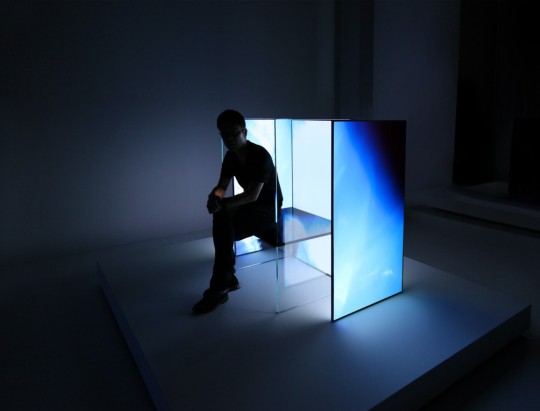#tokujin yoshioka
Text
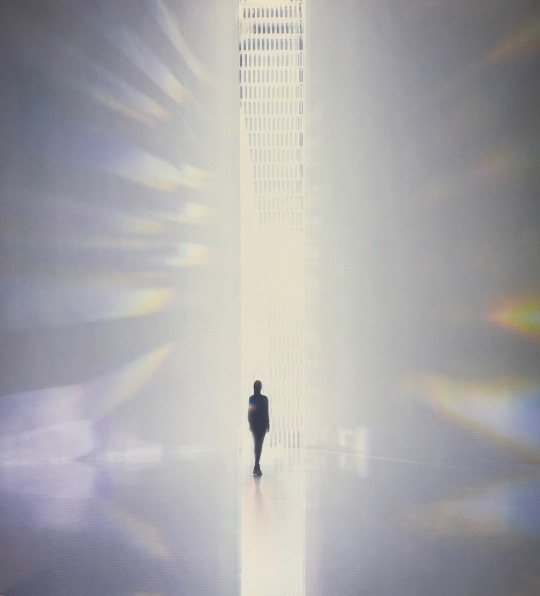


Tokujin Yoshioka: Rainbow Church (2010)
#Tokujin Yoshioka#Rainbow Church#lighting#interiors#art#installation#blue#y2k#futurism#japan#transparent#2010
862 notes
·
View notes
Text


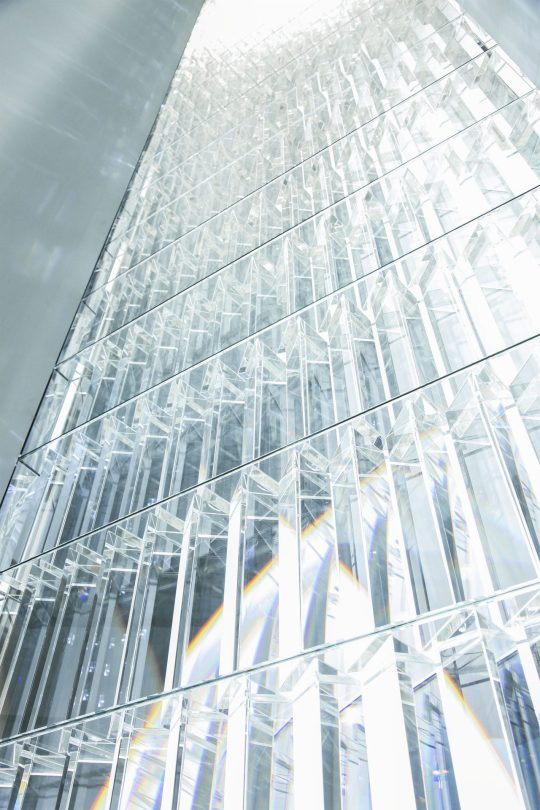


Rainbow Church, by Tokujin Yoshioka
12 notes
·
View notes
Photo

Tokujin Yoshioka | thisispaper
28 notes
·
View notes
Photo
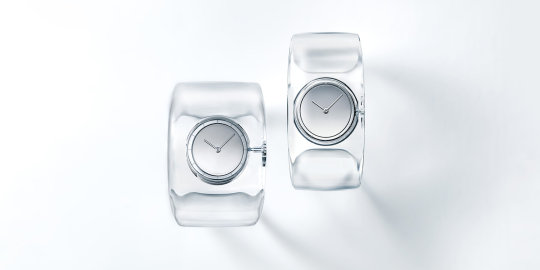


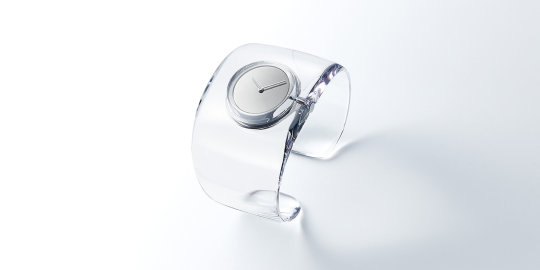
“O-Bold” Watch by Tokujin Yoshioka for Issey Miyake
#water#watch#jewelry#jewellery#timeless#fashion#o#tokujin yoshioka#issey miyake#transparent#pure#zen#minimalism#luxurylifestyle#luxury
11 notes
·
View notes
Text
Goodbye! Issey Miyake.

Text by Makoto. Li
Go through your wardrobe, and there's always that one frilly garment. Practical and poetic, Issey Miyake's work became a cornerstone of contemporary clothing, shaking up the foundations of Parisian salons in the 1980s with bold proportions and experimental textiles while enriching everyday wardrobes with artful cuts and signature ruffles. Issey Miyake has spent the last 50 years reinforcing his design themes: textures, shapes, fabrics, proportions and techniques. He blends these themes with a balance of his Eastern and Western heritage. Issey Miyake often refers to his Western experience but never forgets his Eastern roots, creating a different world for his clothes. Although he officially retired from fashion in 1997, he continues to oversee the creative direction of all his collections. He has created a textile innovation lab focused on sustainability, launching collections such as Issey Miyake, Issey Miyake Fête, Pleats Please and the accessories branch Bao Bao.

'Twist’ by Issey Miyake, 1992.
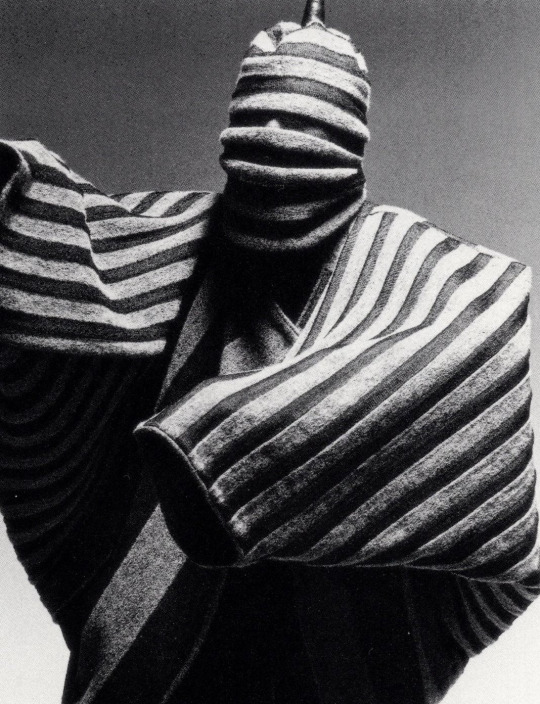
Issey Miyake: AW1985 Collection.


‘Pleats Please Issey Miyake’ Travel Through Africa. AW1997.
Born in Hiroshima on 22 April 1938, Kazunaru Miyake (also pronounced Issey in Japanese writing, meaning a life) initially wanted to be an athlete or a dancer, which perhaps explains his emphasis on flexible sports. However, his sister worked for a fashion magazine, which eventually inspired him to change. He later studied graphic design at Tama Art University in Tokyo and, after graduating in 1964, entered a fashion competition at the Bunka Fashion Institute. Still, his pioneering patternmaking and sewing skills did not win Miyake an award. Shortly afterwards, he joined the Haute Couture Guild in Paris and became an apprentice to Guy Laroche and Hubert de Givenchy, working at a rate of 50 to 100 sketches daily. After a short stay in New York, he met artists such as Christo and Robert Rauschenberg, and in 1970, on his return to Tokyo, he founded the Issey Miyake Design Studio.
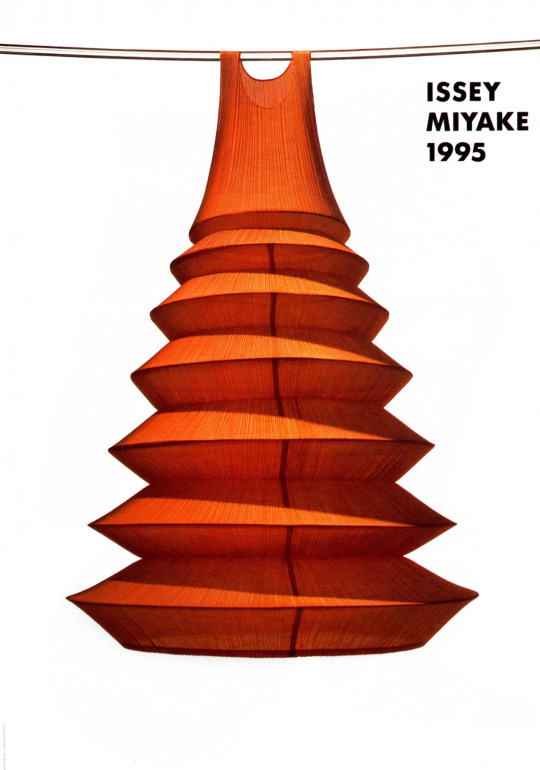
Issey Miyake: Poster for SS1995 Collection MINARET, via Weekly Asahigraph.
In 1973, Issey Miyake moved his fashion shows to Paris, where he continues to present his collections twice a year. "East meets West" was his definition of this transcontinental approach, fascinated by the richness and practicality of Japanese craftsmanship, Western youth culture and the glamour of European haute couture (in particular, he drew inspiration from French fashion designers Madeleine Vionnet and Madame Grés, who was known for her own frilly clothes). In 1978, Issey Miyake released a book entitled East meets West - the only retrospective of a living designer at the time - introduced by American Vogue editor Diana Vreeland. She wrote: "Paris has a soft spot for people who are productive, have good taste and give their best from the heart. Miyake is most welcome in Paris."

Issey Miyake; tube dress (ss1984).
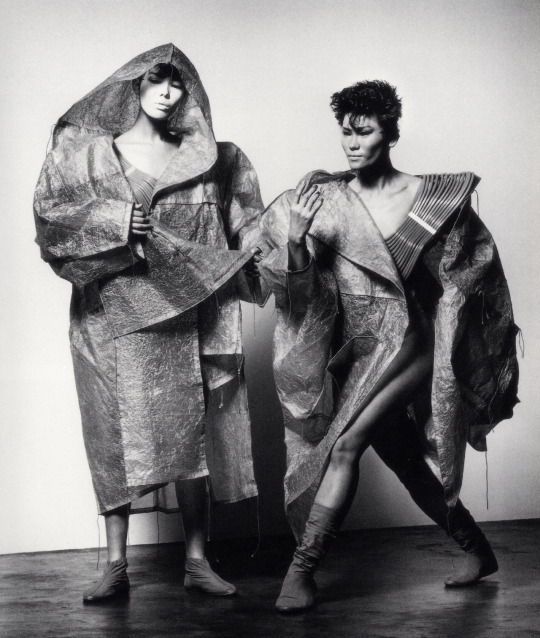
Issey Miyake: Abura-gami Coat, SS1984.

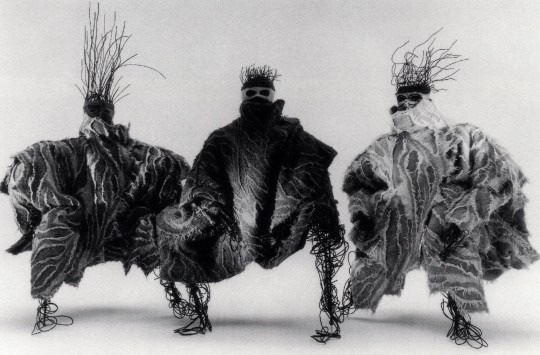
Issey Miyake: Wire Mannequins for the Issey Miyake A-UN Exhibition, 1988.
Looking back on Miyake's formative years, he had good reason to feel pain and anger. When the atomic bomb fell, he was a seven-year-old boy riding his bicycle in Hiroshima. Such experiences left deep invisible scars on his upbringing, such as his mother's death from radiation three years later and his own replacement of bone marrow disease at the age of 10 due to radiation. But unlike other designers who, amid trauma, choose self-anaesthesia, suicide or the narcissistic need to crave unlimited attention (or all three in one), Miyake chooses to drown out the pain with joy. This pleasure is translated into waves of clothing that swell and shrink with a seemingly endless fascination and entertainment, and ...... also comfortable, as anyone who has worn his Pleats Please collection will know.



Issey Miyake: Dancer from the Frankfurt Ballet in Pleats, 1991.

Like Rei Kawakubo and Yohji Yamamoto, Issey Miyake was a leading figure on the Japanese design scene and struggled to gain a foothold in the 1980s. During this period, Issey Miyake began experimenting with 'pleats'. The fabric's ability to hold a crease, perfect for dancers and the 300 pieces Miyake sent to the Frankfurt Ballet inspired him to develop the Pleats Please collection in 1999. 10 years later, Miyake launched his menswear line Homme Plissé, which united performers, gallerists, musicians and fashionistas in a group that sought waist elasticity, comfort and craftsmanship. Today, the process of making these Seihin ruffles can still be witnessed at the Homme Plissé flagship shop in Minami-Aoyama, Japan.
Intelligence, humanism and an obsession with technology
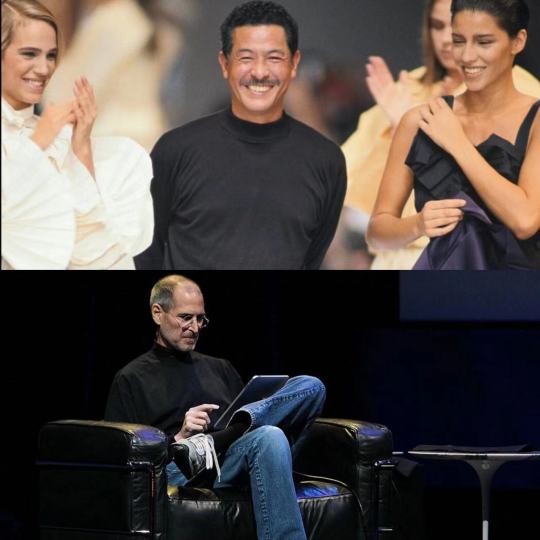

In a 2008 interview, Issey Miyake said, "I gravitate towards the field of clothing design, partly because it is a modern and optimistic form of creation. And I prefer to think about things that can be created, rather than destroyed, that can bring beauty and joy." It's a design ethos seen in both black turtlenecks (as Steve Jobs' uniform) and in the flying saucer dresses and minimalist cloud-like columns of the '90s and '00s. In 2016, Issey Miyake told The Guardian: "We call the people who make the clothes costume designers - -they develop new clothing items; but actually, design and make things that work in real life."Issey Miyake does not consider himself a fashion designer. Instead, he is influenced by many disciplines, including architecture, the cross-fertilisation of cultures, and modern art and environmental issues. His proven creative output is dedicated to "making things, products that people like and can wear freely". It is a relatively simple slogan for someone who is technically original, experimental and soulful.

Tattoo collection, Issey Miyake, 1970, photographed by Kishin Shinoyama, AMICA 1970.
Rather than following the flamboyant and fleeting trends of seasonal fashions, Issey Miyake's garments habitually explore the relationship between a piece of cloth and the body, and the resulting space, utilising both traditional and avant-garde methods of craftsmanship in the process. Above all, his garments often raise critical questions about pressing issues - from moral awareness to hedonism and ethnic diversity. Take, for example, the 'Tattoo' flesh-coloured jumpsuit from spring/summer 1971, which is heavily printed and was designed by Issey Miyake after he founded his eponymous label [Miyake Design Studio (MDS)] in Tokyo in 1970 as a physical expression of freedom, by presenting a free It is an expression of the free body, by giving the 'second skin' of space, placing the importance on the wearer rather than the garment itself.


Scandinavian Wool Jacket by Issey Miyake, 1995.
Miyake works in the traditional Japanese way of "making things" while creating clothes from his inspiration. Whenever I see his work, I am always surprised. Why? Because his work is based on the philosophy of "everyday life". In fact, this drive to provide wearable solutions for modern life emphasises that the free form of the body is made up of very few seams. As he recalls, after witnessing the violent May Revolution protests in Paris in the late 1960s, "I was determined not to make clothes for a limited group of rich people, but to make clothes like jeans and T-shirts that everyone could have, that could be easily washed and worn. "

Issey Miyake: Pleats Please in China (Picture by Yuriko Takagi).

PLEATS PLEASE from the exuberant finale of the ISSEY MIYAKE Spring/Summer 1994 collection show in Paris (Picture by Philippe Brazil).

Issey Miyake: Pleats Please (Picture by Francis Giacobetti).
This motive is best expressed in the PLEATS PLEASE ISSEY MIYAKE. Launched in 1993, the collection is made entirely from heat-treated pleated polyester fabric, cut without thread, scissors or needles, but by a pioneering "hot machine". Pleating is one of the oldest methods of making garments that adapt to the body, as you know. Issey Miyake has created a modern metamorphosis of the pleat, making it both aesthetically pleasing and comfortable and practical (not to mention easy to care for). This iconic use of wrinkles and the abstraction of simple silhouettes have become an essential expression of Issey Miyake's design philosophy, a rare design concept in today's fashion world.
Design as discovery
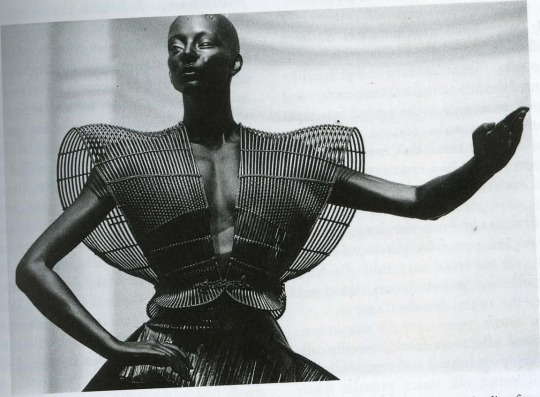

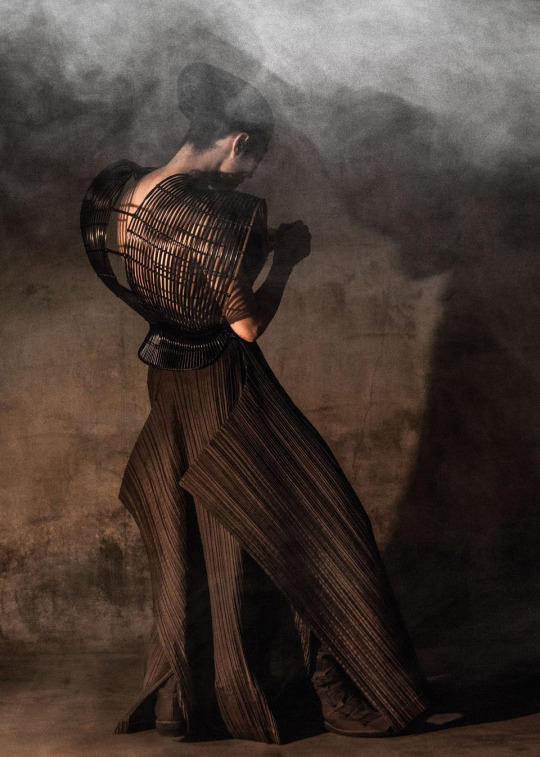
Experimentation is a crucial principle of Issey Miyake's aesthetic, achieved through a stimulating blend of ancient and pioneering techniques. For example, for the Spring/Summer 1981 piece 'Rattan Body', Issey Miyake invited Japanese artisan Shochikudo Kosuge to develop a surprisingly hard-wearing structure crafted from rattan and bamboo. Not only did this demonstrate a harmonious dialogue between the traditions of Eastern artisans and contemporary Western fashion, but it was also the first garment ever to appear on the cover of the contemporary art publication Artforum.


Coat of Abura Gami by Issey Miyake, 1984.
Issey Miyake's signature is as varied as it is clear: he has used nylon thread and silicone, as well as Aburagami (oil-impregnated paper for parasols) and Sashiko (processed cotton). His avant-garde clothes often proved impractical for everyday wear. They were impossible to wear without instructions, but on the other hand, he delighted the fashion world with "Pleats Please", which came from his chic answer to jeans and T-shirts.



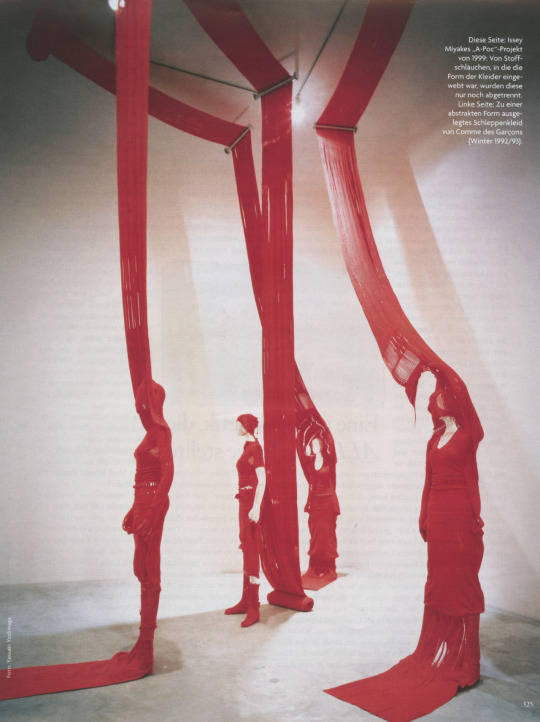
Similarly, A-POC (short for A Piece Of Cloth) is based on Issey Miyake's credo of making designs from just one piece of cloth to wrap the body. It all started in 1997 with the Just Before collection, where garments were made from 100-metre-long tubes of fabric into which the shapes and patterns of the designs had been woven, and the raw materials were fed into computer-programmed industrial weaving machines to produce a series of continuously connected tubular knitted dresses or shirts. Each garment can be cut out in various ways, allowing the user to mould the garment to their own whims. As Issey Miyake says, "The wearer still has a say in the design. A-POC is like a baguette - you buy it entirely and cut it into the shape you want. I try to experiment and make fundamental changes to the system of making clothes. Think about it. A thread goes into a machine using the latest computer technology to generate the complete garment and removes the need to cut and sew fabric normally required." It's an operation that has fundamentally turned the traditional way of thinking about garment manufacturing on its head and continues to develop even more possibilities. Furthermore, being a technical feat, A-POC virtually eliminates fabric waste throughout the process and aptly demonstrates Issey Miyake's focus on eco-consciousness and sustainability.
The appeal of collaboration

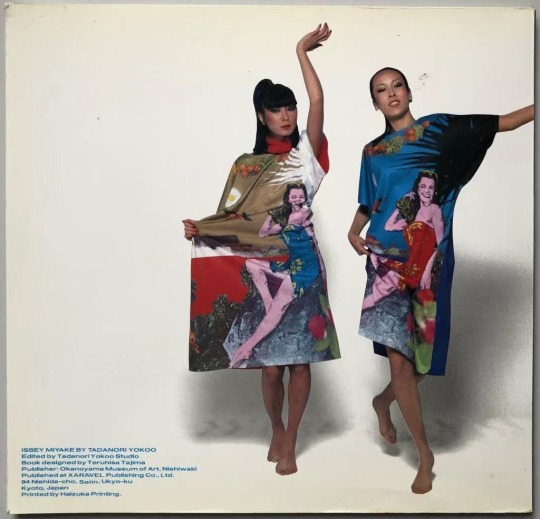
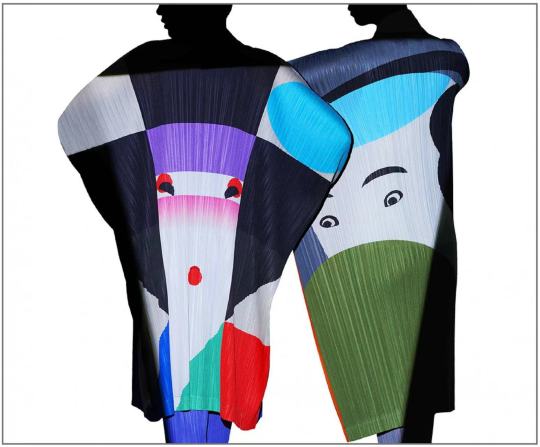
Creative alliances with different artists have proved invaluable to Issey Miyake, resulting in some of the most exciting pieces of his career. The bold autumn/winter 1976 'Paradise' shirt featured specially designed artwork by the famous painter Tadanori Yokoo. Meanwhile, the pleating mentioned above, which played a starring role in the previous exhibition, brought to life a modern poster of the late graphic designer Ikko Tanaka in the form of a kimono-style coat. Even the mannequins on display, made of latticed cardboard and transparent fibreglass with several textured coverings, were created in particular association with Tokujin Yoshioka.

Issey Miyake design by Irving Penn, 1990.

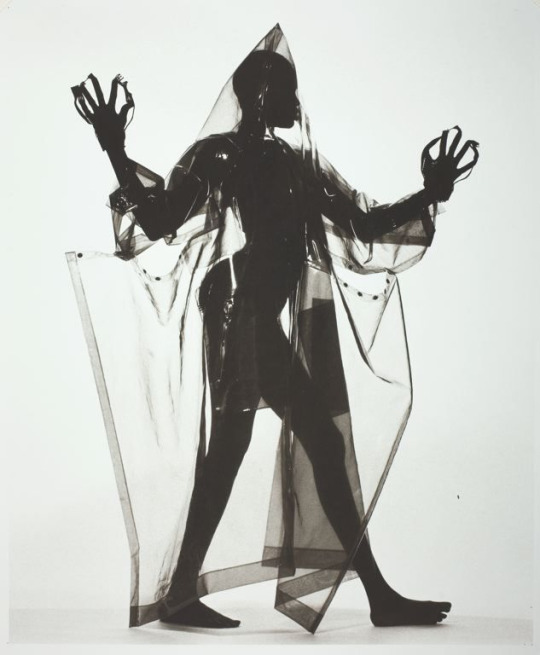




However, the most popular creative conversation at Miyake's previous exhibitions was a large video installation showing iconic fashion shoots by Issey Miyake and the late photographer Irving Penn. Issey Miyake first met Penn in 1983 when the influential photographer was assigned to shoot several of his mainline looks for a fashion story for American Vogue magazine, and Penn's unique perspective gave Issey Miyake a fresh air on his own designs, which led to him being asked to photograph his ready-to-wear collection for the next 13 years. Issey Miyake once explained their union, "I was looking for someone who could look at my clothes, listen to my voice, and answer me through his creations. Through his eyes, Penn reinterpreted the clothes, gave them a new vibe and showed them to me from a new perspective."

Clearly, Issey Miyake's commercial success has never shaken the design roots of this traditional brand. His groundbreaking pleated collection, first launched in 1989, remains a fashion must-have in every woman's and man's wardrobe in every season of the 21st century. An extreme fascination with industrial processes and manufacturing has thoroughly guided Miyake's fascination with futurism - the way each fabric and material is laid on the body and stacked on top of each other is intentional and purposeful, which explains why Issey Miyake is a pioneer of modern fashion. His curiosity is never satisfied.
Yohji Yamamoto had previously said that the ideal successor he had in mind had died, and that was Alexander McQueen. So, as this class of great designers ages and passes away, where is their next successor?
#Issey Miyake#A-POC#Irving Penn#Tadanori Yokoo#Tokujin Yoshioka#Ikko Tanaka#Aburagami#Sashiko#Pleats Please#Shochikudo Kosuge#Rattan Body
40 notes
·
View notes
Text
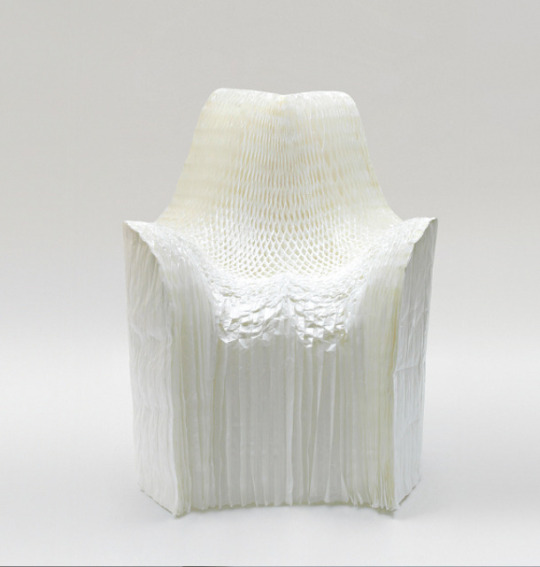

Tokujin Yoshioka (Japaense, b.1967)
Honey-pop - 2001
2D-3D honeycomb paper chair
[via https://chaaairsss.tumblr.com]
via: tumblr.com/abstrakshun
1 note
·
View note
Text

Tokujin Yoshioka Honey-Pop, 2001. Honeycomb-paper construction.
1 note
·
View note
Text


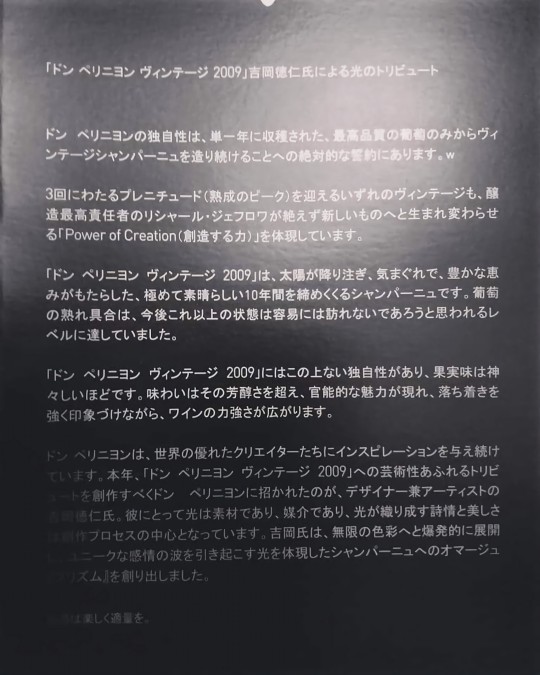
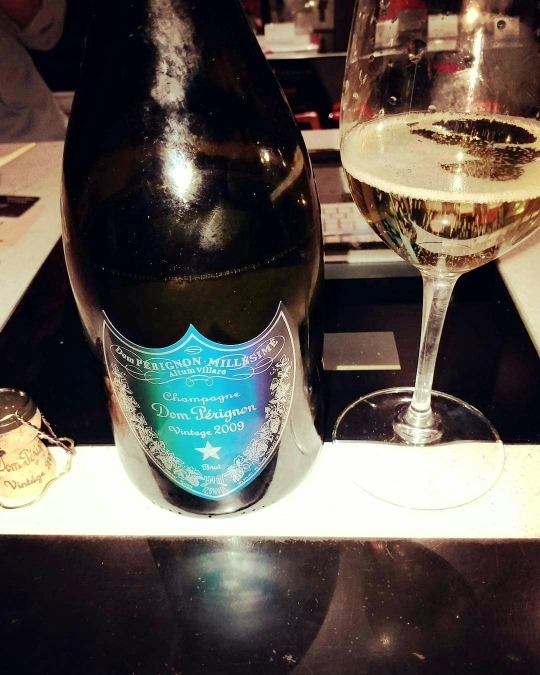


2009 Dom Perignon Brut Limited Edition by Yoshioka Tokujin(吉岡徳仁)
0 notes
Text

TOKUJIN YOSHIOKA
A-POC ABLE ISSEY MIYAKE STORE, 2021
Kyoto, Japan
Image © Masaya Yoshimura, Copist; Courtesy of ISSEY MIYAKE INC.
#architecture#design#architect#art#archdaily#designer#artwork#photography#juliaknz#form#japanese architecture#retail design#issey miyake#japan#store design#urban#dezeen
268 notes
·
View notes
Text


Tokujin Yoshioka: Lexus L-Finesse (2006)
Japanese designer Tokujin Yoshioka's installation for the Lexus exhibition at Milan Design Week 2006 gave visitors the chance to experience a tangible sensation of light. Having filled the space with 700 km (435 miles) of backlit transparent plastic fibres.
995 notes
·
View notes
Text

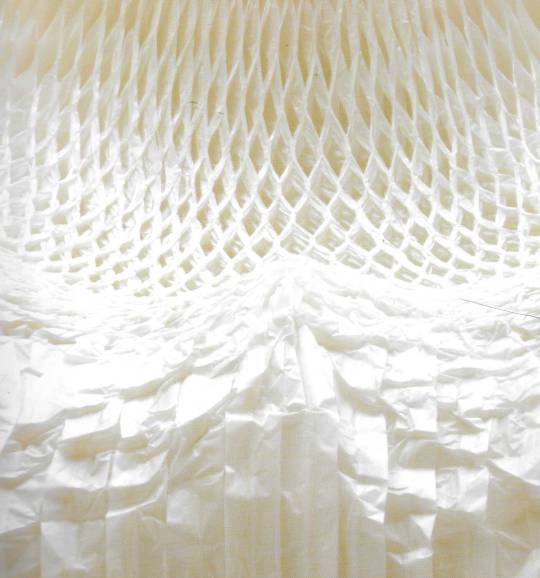
tokujin yoshioka in paper: tear fold rip crease cut - black dog publishing (2009)
28 notes
·
View notes
Text

Rainbow Church - by Tokujin Yoshioka
67 notes
·
View notes

